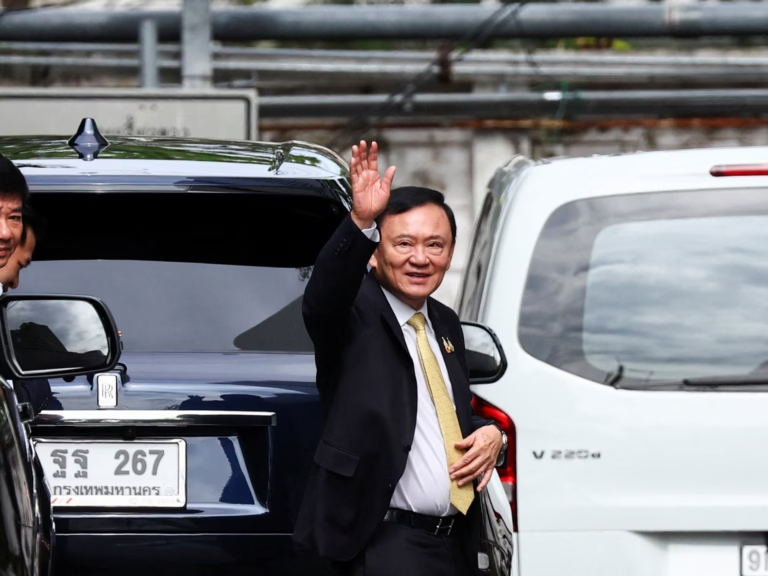This marks a significant change from Trump, who previously showed openness to peace negotiations with Moscow at the beginning of his second term.
Find out more about the recent events, what Trump’s threats may involve, and the implications for Putin’s ongoing conflict in Ukraine, and for nations purchasing Russian oil.
What did Trump say about Putin?
In an interview with NBC, Trump stated he was “very angry” and “p***** off” by Putin’s challenge to the legitimacy of Ukrainian President Volodymyr Zelenskyy.
Trump emphasized that any effort to replace Zelenskyy would only delay the prospects for a ceasefire.
Nevertheless, Trump noted that Putin was aware of his anger, adding that their relationship is good and the anger would subside “if he does the right thing”.
What had Putin said about Zelenskyy?
Putin claimed that Zelenskyy lacks the legitimacy required to sign a peace agreement.
The Russian leader has frequently stated that the Ukrainian government is illegitimate, following the 2014 overthrow of Moscow-leaning President Viktor Yanukovych, whom the Kremlin claims received backing from the US.
Putin proposed establishing a temporary UN-supervised administration in Ukraine, a proposal rejected by UN Secretary-General Antonio Guterres.
Zelenskyy, who was elected president of Ukraine in 2019 for a five-year term, faced a constitutional impediment to holding elections due to martial law, a result of Russia’s full-scale invasion in February 2022.
Despite Trump’s recent criticism of Putin for questioning Zelenskyy’s legitimacy, he himself made similar remarks about Zelenskyy in February amid tensions.
In a post on his Truth Social platform, Trump referred to Zelenskyy as “A Dictator without Elections”.
What is the state of diplomatic efforts to end the Ukraine war?
Trump pledged during his campaign to quickly end the Ukraine war.
Since his inauguration, US negotiating teams have engaged with Russian and Ukrainian counterparts in Saudi Arabia to discuss peace terms. Trump has also spoken to Putin and Zelenskyy separately.
The parties agreed to halt military force in the Black Sea and pause attacks on energy infrastructure for 30 days. However, both sides accused each other of non-compliance.
Ukraine and the US agreed to a 30-day total ceasefire on land and sea, pending Russia’s approval. Putin has not endorsed this proposal, citing concerns that Ukraine might exploit the truce to rearm and mobilize more soldiers.
What has Trump threatened — and will it work?
Trump threatened “secondary tariffs” on Russian oil if he deems Moscow responsible for failing to reach a ceasefire agreement.
“If Russia and I are unable to make a deal on stopping the bloodshed in Ukraine, and if I think it was Russia’s fault … I am going to put secondary tariffs on all oil coming out of Russia,” Trump stated during the interview.
“If you buy oil from Russia, you can’t do business in the United States. There will be a 25 percent tariff on all oil, a 25 to 50-point tariff on all oil.”
Keir Giles, a senior consulting fellow at Chatham House, raised doubts about the impact of such threats on Russia.
“We have seen sporadic threats by Trump to impose economic pressure on Russia, but they never last long,” noted Giles, adding it would be a “radical departure” from Trump’s previous approach towards the war.
What are secondary tariffs?
Trump seems to be referring to tariffs on imports from countries buying Russian oil by “secondary tariffs”.
The US has a history of secondary sanctions, which target countries that trade with sanctioned nations. However, secondary tariffs, as suggested by Trump, are relatively untested. Such tariffs could pose risks for countries like India and China, which are significant buyers of Russian crude.
Which countries could Trump’s secondary tariffs hurt?
India and China, the biggest buyers of Russian crude, could be particularly affected by secondary tariffs.
Russian oil made up 35 percent of India’s crude imports in 2024 and 19 percent of China’s. Turkiye also imports a significant amount of Russian oil, with 58 percent of its refined petroleum imports coming from Russia in 2023.
How much would secondary tariffs bleed China, India and Turkiye?
The impact of these secondary tariffs on China, India, and Turkiye remains unclear, particularly how they would be implemented alongside existing tariffs.
China is the US’s largest export market, but Trump has already imposed 20 percent tariffs on all Chinese imports.
India exports significantly to the US and Trump has often criticized India’s high tariffs on US imports.
Turkiye could face tariffs from April 2 based on Trump’s recent threats, potentially complicating its business with the US.
India might face scrutiny from Washington for its purchase of subsidized Russian oil, refining it, and exporting it to the West, thereby helping Moscow bypass Western sanctions.
India counters that buying Russian oil frees up crude for Western nations, thus controlling global oil prices.







